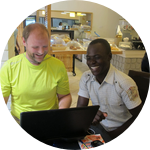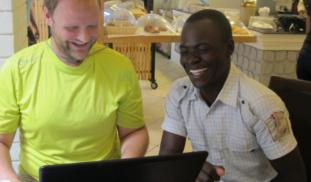Please wait...
About This Project
Kenyan and Tanzanian secondary school students are learning computer science directly through MOOCs (Massive Open Online Courses) and remote mentorship training by networks of volunteer web developers. We want to answer the question, "Do MOOCs or mentoring or some unique combination of both lead to a rise in STEM (Science, Technology, Engineering and Mathematics) graduates in East Africa?"
More Lab Notes From This Project

Browse Other Projects on Experiment
Related Projects
Unveiling Desires: Exploring BIPOC BDSM Preferences
"Unveiling Desires'' explores BIPOC fetishistic desires using a unique dataset from voluntary fetish surveys...
Can we empower science students with communication skills by eliminating the barriers of time and expertise?
Science professors generally don't have the time or expertise to teach cross-cutting skills like communication...
Can zoos bring us together?
Have zoos inspired their 180 million annual visitors to get involved and make choices everyday to conserve...


